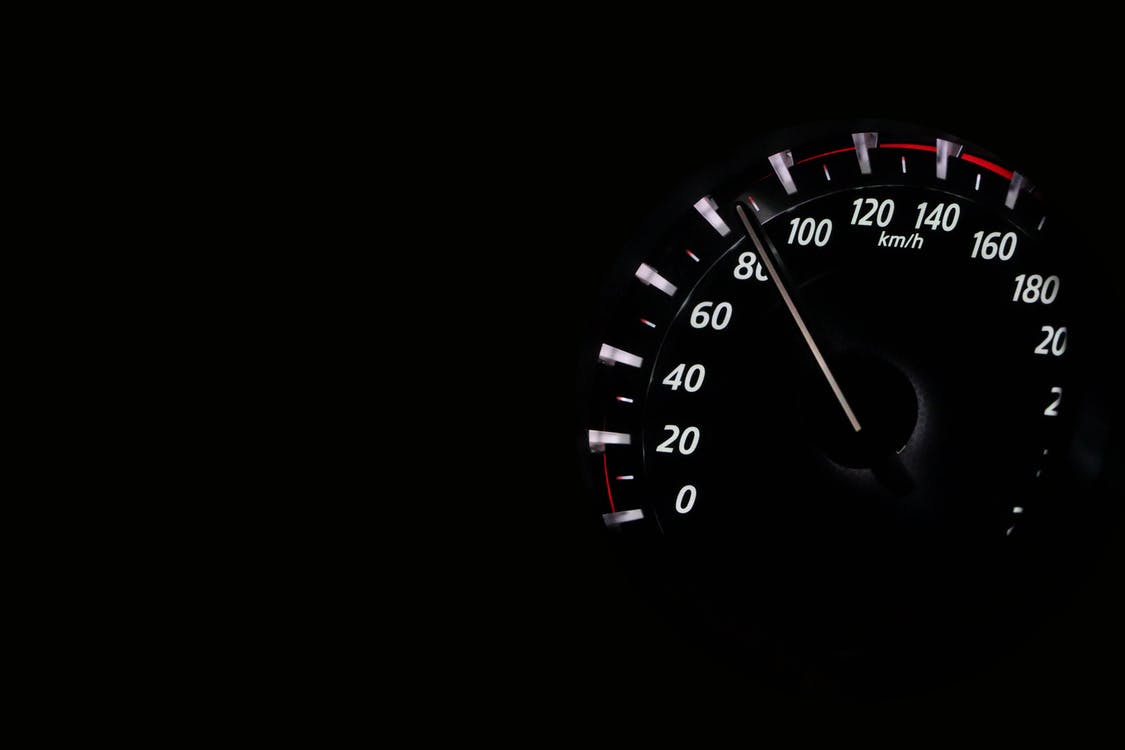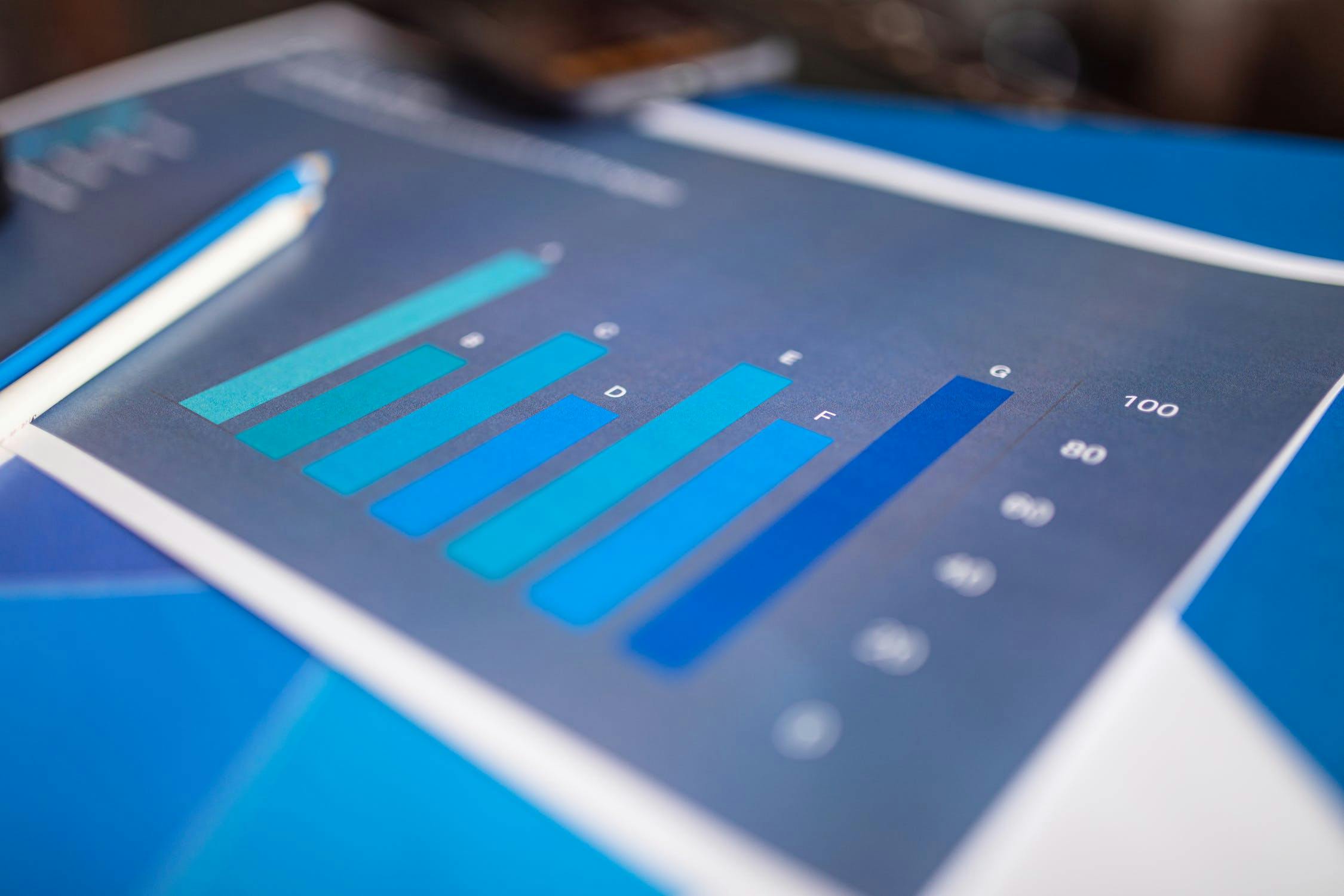Although there are plenty of traffic sources businesses can tap into, most ecommerce businesses heavily depend on paid traffic.
They run Google Ads and buy clicks on search engine results pages to drive relevant traffic to their website and convert those visitors into paying customers. As long as the keywords are relevant, strategically picked, and have high commercial intent, it can be a profitable way to drive consistent traffic.
However, because of the COVID-19 pandemic, the situation for ecommerce business and paid ads has changed significantly.
69 percent of brands expect they will decrease ad spend in 2020. The following image by Influencer Marketing Hub shows the top 10 fastest declining categories in e-commerce.
Moreover, consumer behavior has also changed and continue to decline.
In this scenario, it can be tough for ecommerce businesses to spend a lot of money on paid ads. Free search engine traffic, however, is a passive stream that has the potential to grow over time — without costing you money.
Not many ecommerce businesses usually optimize their websites for organic search traffic, but this is the perfect time to take a step in that direction.
In this blog post, we will share tips on how ecommerce businesses can increase organic traffic.
1. Selecting the right keywords
There are more than 200 search rankings factors that Google analyzes before ranking a webpage in the SERPs. And although the search engine optimization techniques have evolved dramatically over the last few years, ‘keywords’ remains a central theme.
You will have to be strategic when selecting keywords for your SEO campaign.
Make sure to identify keywords with a relatively high search volume and low competition. Long-tail keywords can also be a potent weapon, especially for ecommerce businesses that require high commercial intent and conversion rates.
There is, however, another factor that is especially important for ecommerce websites.
As most ecommerce businesses rely on paid traffic, their websites would rarely have a strong backlink profile. Without lots of backlinks, your website will likely struggle with ranking higher on the first page of Google.
Therefore, once you have shortlisted a bunch of potential keywords to target, do a quick Google search, and note down the top three pages that are ranking for those keywords. Run a backlink analysis to find out how many unique backlinks those web pages have.
If your website has more referring domains than those websites at the top of the SERPs, you will be able to rank your page above them much more easily.
2. Keyword inclusion
Once you select the right keywords, the next step would be to include those keywords strategically on your web page.
Here are a few “hot spots” where you should include your main keyword:
- The URL of the web page
- The main title of the web page (H1)
- The subheadings (H2 and H3)
- In the meta description of the page
- At least once in the main content of the page. Some SEOs recommend including the primary keyword within the first 150 words, but there is no credible evidence that suggests improvements because of it.
There are two more points that you should understand regarding keyword inclusion on a web page.
First, remember that you are optimizing for more than just the primary keyword. A web page usually ranks for dozens of keywords. You can find out the exact keywords that the top three pages in the SERPs rank for by using a keyword & SEO tool, e.g., Ahrefs or SEMRush. Ideally, you should have a list of all those keywords and their search potential in descending order.
This will allow you to pick the best secondary keywords and include them in your content.
Second, keyword inclusion does not guarantee higher rankings. Search engines have evolved past that requirement. And although keyword inclusion is an important part and should not be ignored, it is not the only factor that determines a site’s ranking in the SERPs.
3. Unique and in-depth product descriptions
Many ecommerce businesses struggle with content marketing because they don’t have an active blog. Furthermore, many ecommerce websites have very short product descriptions.
Because of that, they are left with little room to include content and keywords. This limits the opportunity to rank for more keywords and higher positions in the SERPs.
That’s why we recommend creating unique and in-depth product descriptions. Many online stores have many similar products, with only minor differences in product specifications or the target audience. Regardless, you must create unique product descriptions for each product and landing page.
Duplicate content will make it more difficult to rank higher in the SERPs.
Another tip is to include features, benefits, testimonials, and detailed descriptions on product landing pages. Doing so would help improve the average on-page time and dwell time and decrease the bounce rate. Higher engagement is seen as a good sign by Google and may lead to improvements in the search engine rankings.
4. Website loading speed and user experience

In today’s SEO world, user experience plays a crucial part, and the website loading speed is one of its biggest components.
User experience, among many other things, includes:
- An aesthetically pleasing website
- Content relevance
- Great UI
- An intuitive website navigation structure
- A mobile-friendly website design
- A fast-loading website
The loading speed of a website is even more important for ecommerce businesses. That’s because the loading speed does not only affect a website’s rankings in the SERPs, but it also affects the conversion rate — which has a direct impact on the revenue and bottom line of the business.
Correlation between higher search rankings and faster loading speed
A recent study of 143,827 URLs by Neil Patel clearly shows the correlation between faster loading speed and higher search engine rankings. According to the study, websites ranked on Google’s first position are, on average, 20 percent faster than pages ranked on the sixth position on Google’s first page.
Correlation between high conversion rates and faster loading speed
Another study by Cloudflare shows a direct correlation between high conversion rate and faster loading web pages. For instance, a page that loads in 2.4 seconds had a conversion rate of 1.9 percent. If the page takes more than 5.7 seconds to load, the conversion rate drops to less than 0.6 percent.
You can check how fast your page loads with our free tool. You can also use Google PageSpeed Insights for more information.
Follow these tips to improve the loading speed of your web pages.
Conclusion
Many ecommerce businesses are going through a tough phase. Until this COVID-19 situation gets better, ecommerce businesses in numerous industries will likely continue to suffer because of changes in consumer behavior, fewer resources and manpower, and big cuts in advertising spend.
Even after COVID goes away, it will likely take a long time before consumers return to their normal buying behavior — because of the receding economy and high unemployment.
Therefore, this is the right time to invest in SEO. While the results may not be immediate, it will pay off in the long term.
If you have any questions, leave a comment and let us know.
